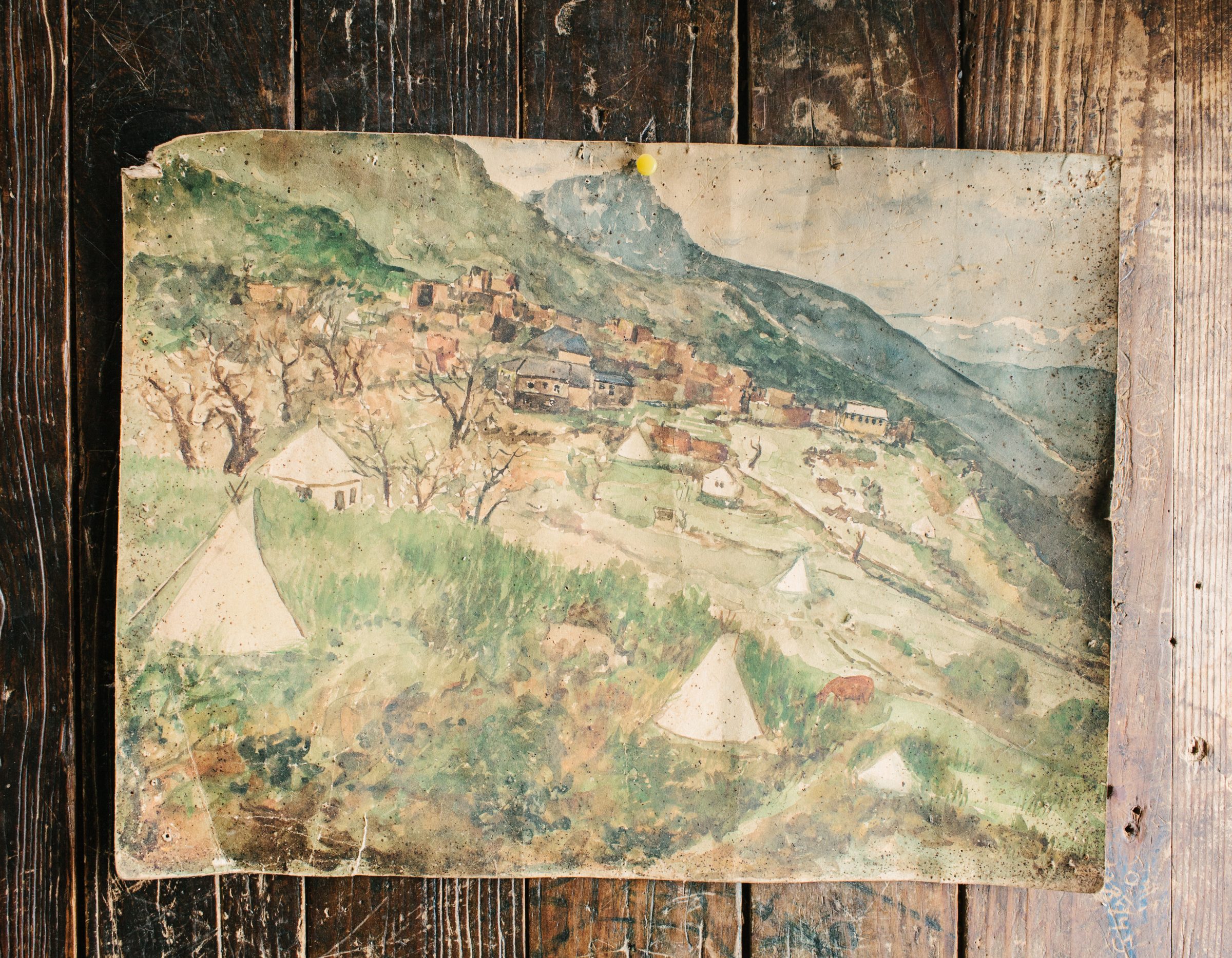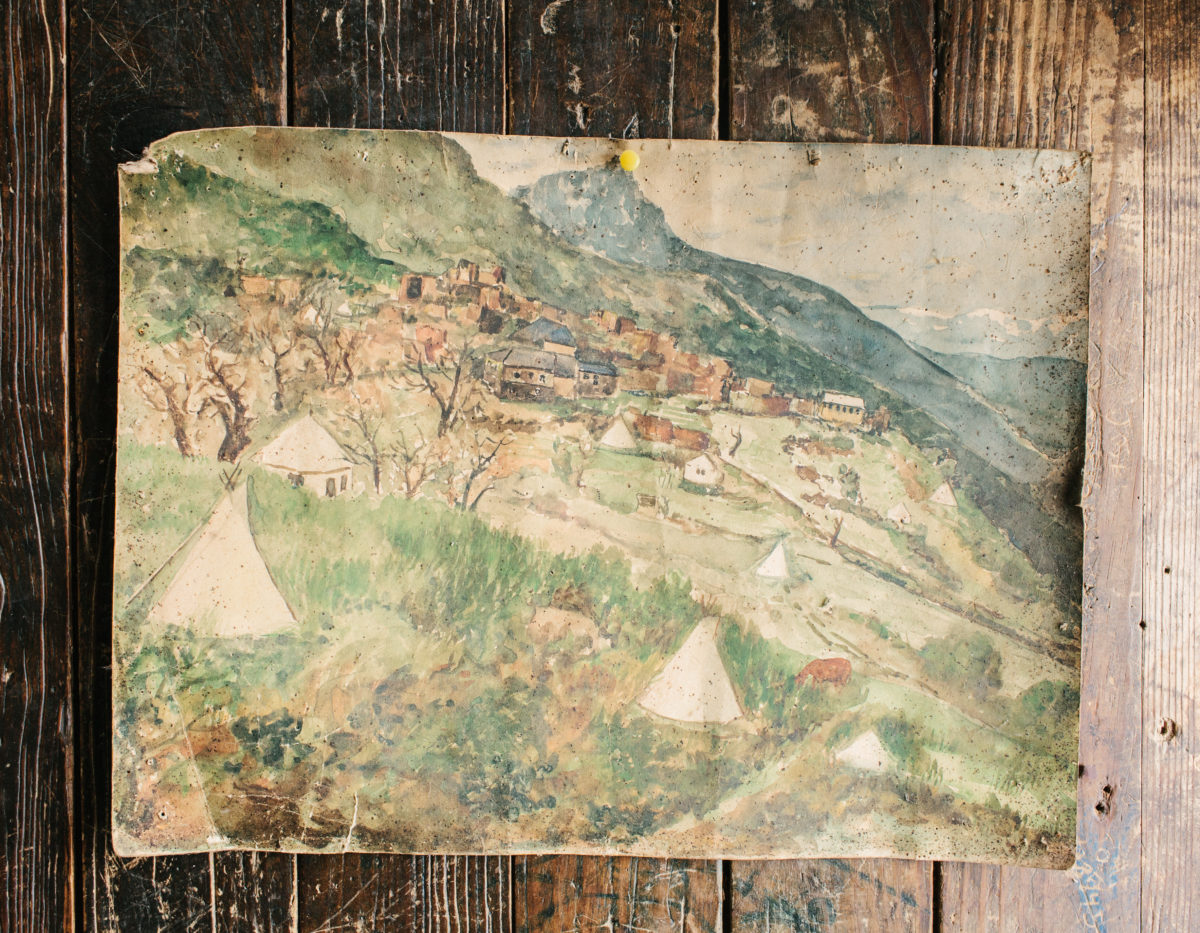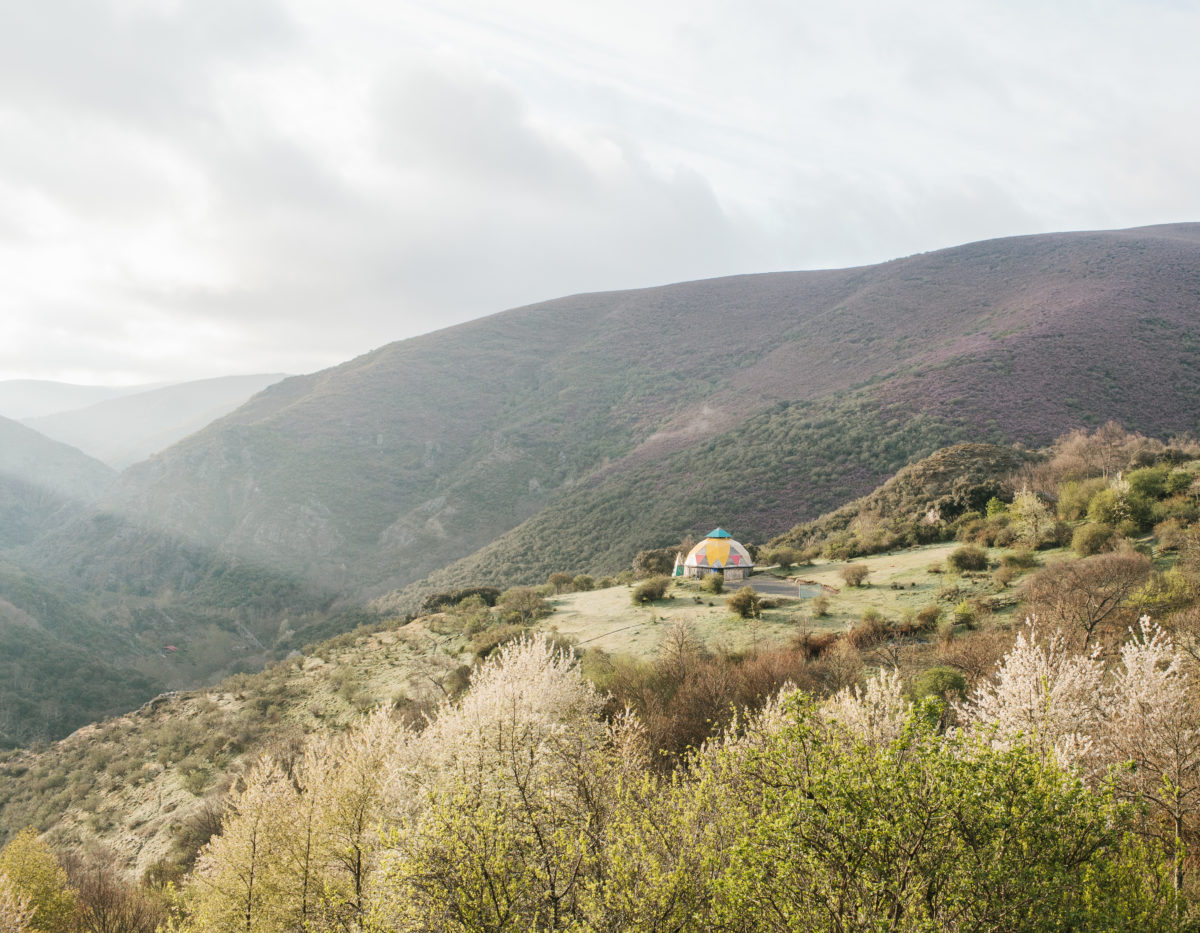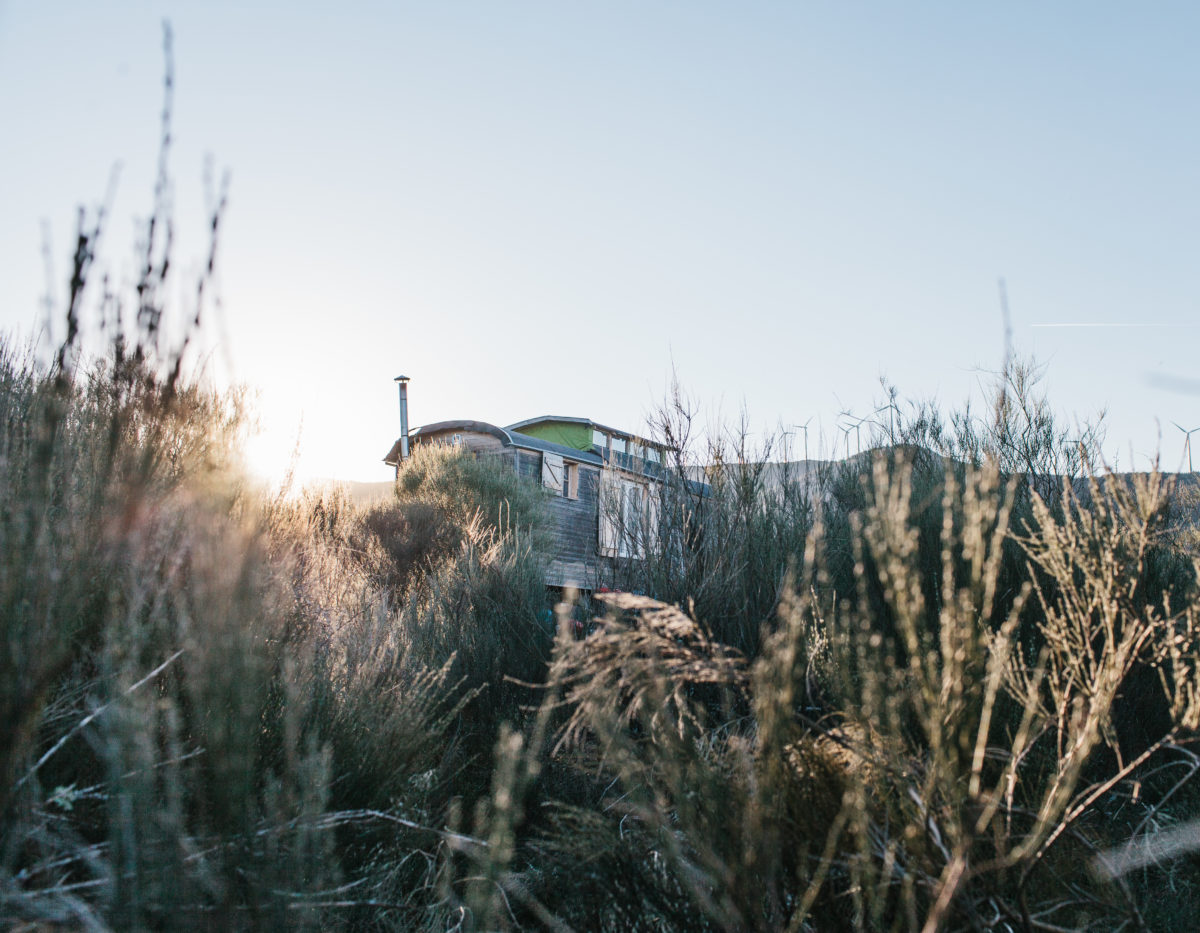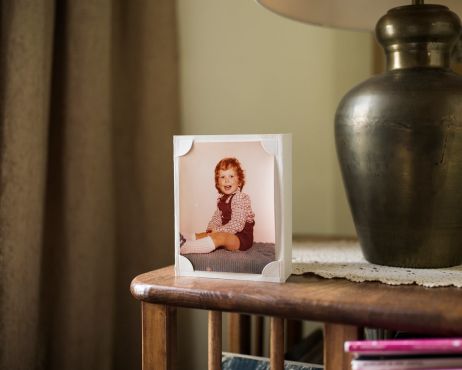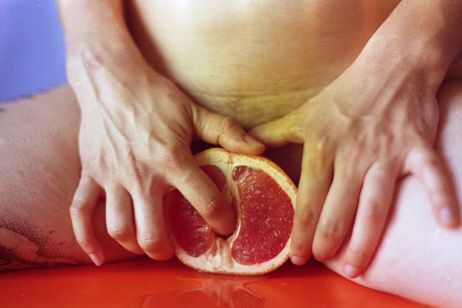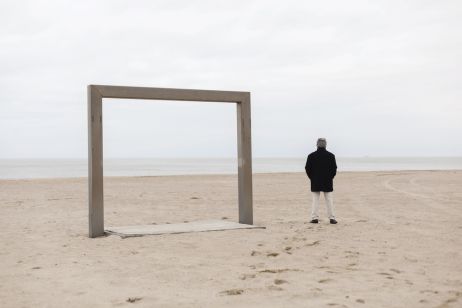In 2015, Kevin Faingnaert traveled to Matavenero, an eco village located in the North-West of Spain. For three weeks, he shared the daily lives of this autonomous community and captured fascinating pictures. Interview.
Fisheye : Tell us about your first steps into the photography world.
Kevin Faingnaert : I was 14 when I received my first camera. At the time, I photographed mostly my friend, skateboards and my hikes in the week-ends. I wanted to show my family and my friend where I was going and what I was doing. And then, my hobby became an obsession. The day I decided to leave my job was the best day of my life. Nowadays, my projects are eclectic: I love documentary and landscape photography, and I take intimate portraits as well.
How much did your sociological education influence your photographic approach?
As a former sociologist, I am interesting in people, in the structures that link them together. Practicing photography nourishes my curiosity. I have always liked seeing how people behave, live and exchange as a group. I love, for instance, analysing what pushes people to change their lives completely. I am a social photographer: I need to talk to the people I meet before photographing them. A camera is a marvellous tool when you are shy. And I am also fascinated by people achieving their goals through action, it is a relentless work. The more ambitious and crazy they are in their activities, the more impressed I am.
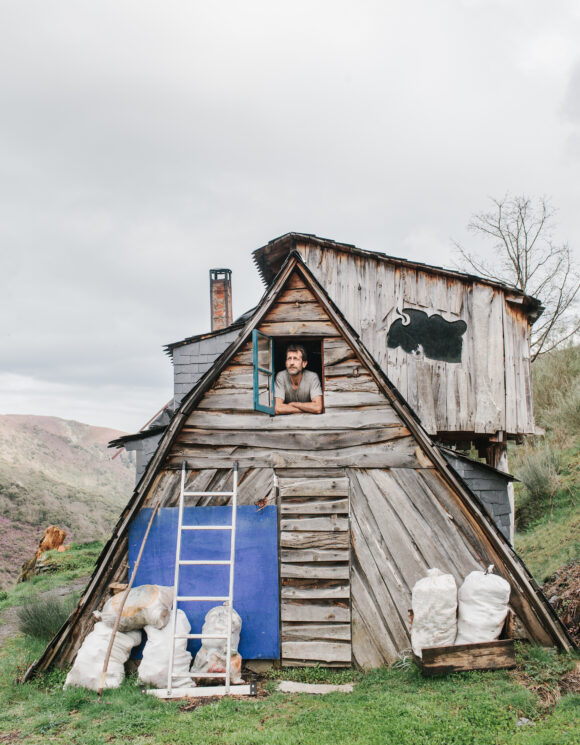
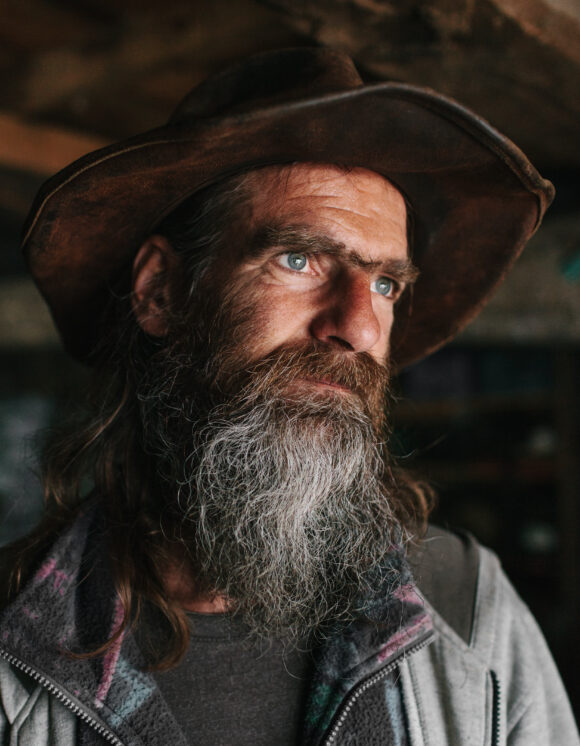
How would you describe Matavenero to someone who never set foot there?
Matavenera was built in 1989. It is located in the North-West of Spain, in a mountainous region. More than a village, Matavenero is an isolated community, only accessible by foot. I settled there, for three weeks, in 2015 to study people and their lifestyle. I wanted to portray people who decided to live according to their beliefs, away from the troubles of modern life.
How did you put together your series Matavenero, how were you accepted into the community ?
Before taking pictures, I worked with the community. I cleaned the village’s bar, I dug a new canal, and I fed the donkeys… I only started taking out my camera after more than a week of participating in the daily chores. It was important to me to respect and honour the choices of these individuals. I was not there as a voyeur. I collaborate with my models: I want them to trust me, and for them to be proud of the result.
What does Matavenero mean to you?
To some, Matavenero is a utopia. To me, it is about an ecological and self-sustaining lifestyle I can’t help but admire. There, people shape their ideals through actions and hard work.
How would you define the relationships you created with the community?
It took me a while and a lot of efforts to establish contact and gain their trust. Most of the people living in Matavenero do not like to be photographed. And then, my estranged presence became coexistence. It enabled me to create a series of personal portraits, of people I consider my friends. A portrait usually meant an hour of discussion around a cup of coffee, followed by a ten-minute shooting.

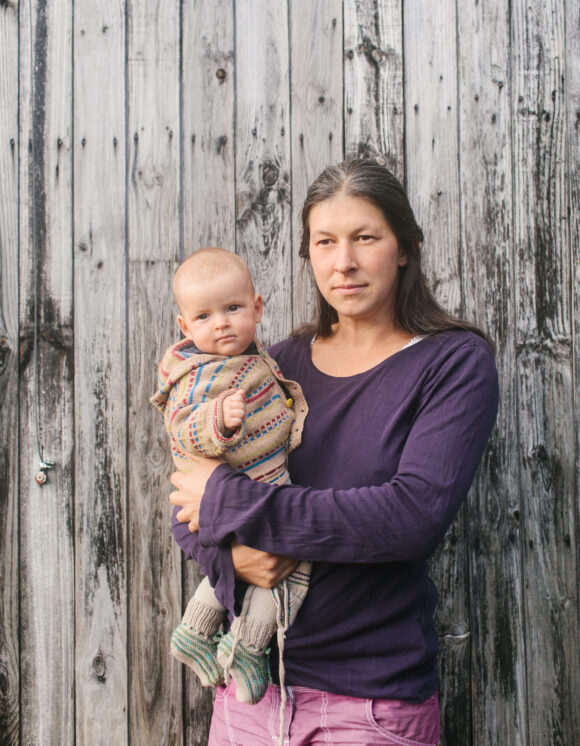
Any memorable encounters?
I have a lot of good memories from the people I met during my time there. Each of them had an interesting story.
Jürn, for example, this German man of 56, could not adapt to modern society and chose to leave a world which pressured him, and to live closer to nature. He is one of the founders of the village. There, his name appears on tools, books and trees. He also plays an important role in the village’s development through his implication in social activities.
There is also Dani, a 28 illustrator who grew up in Barcelona. As he was looking for a calm place to practice his art, in 2009, he visited Matavenero and decided to settle there. He now spends his mornings taking care of the bees, and his afternoons painting, drawing, and running along the mountain’s paths. He is still in contact with an art gallery from Barcelona, where he sells his artworks.
Others, like Leoni, 26, were born in Matavenero. One day, she tried to leave for a new life in Berlin, but she came back a year later with a new boyfriend. They built a new house together and had their first child a few months before I arrived.
Could you sum up this series in three words?
Utopia, nature and devotion.
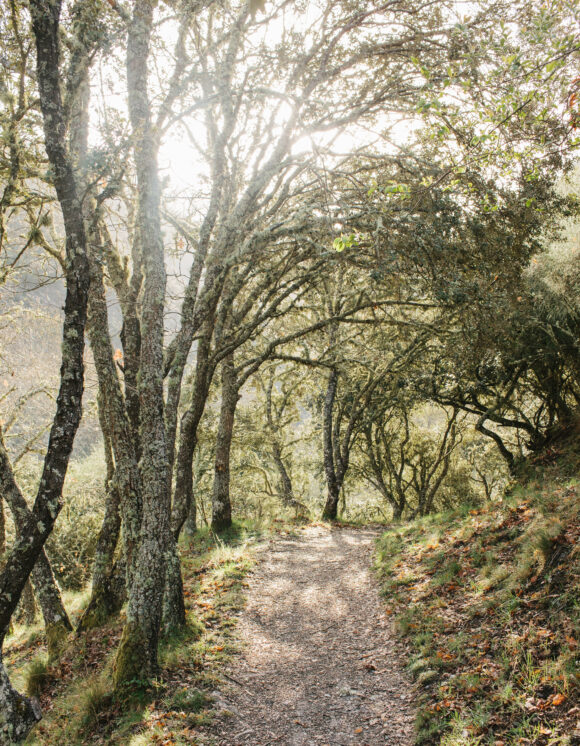
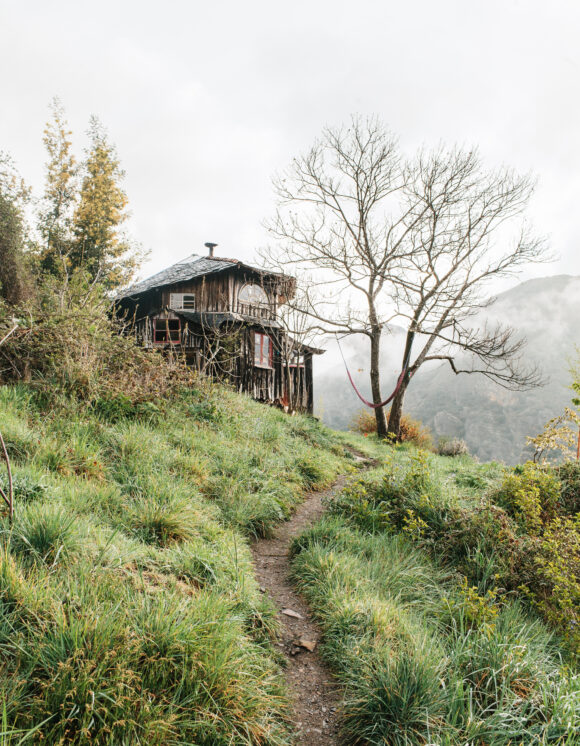
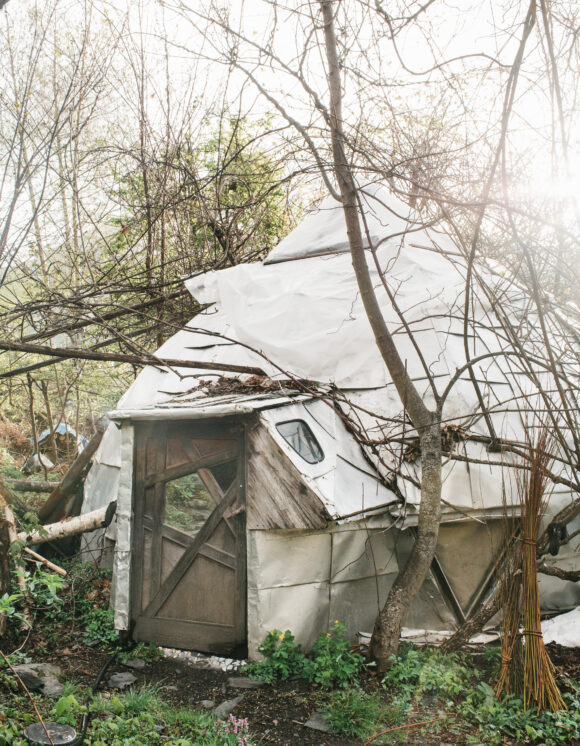
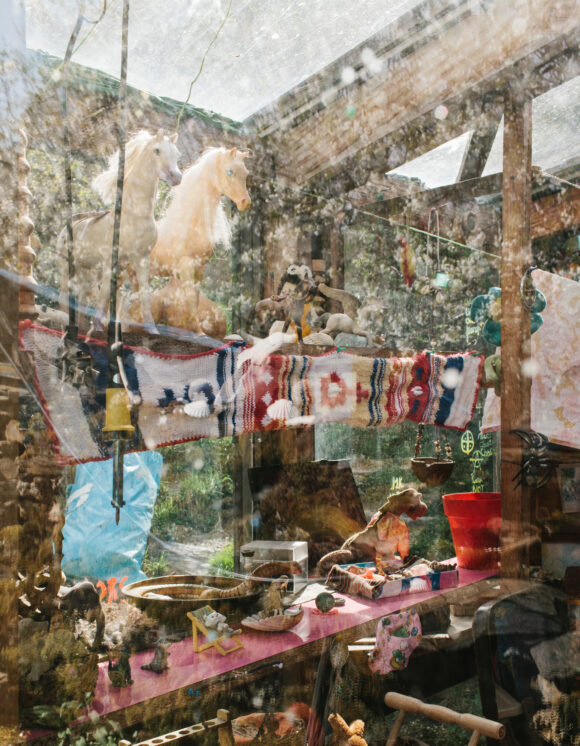
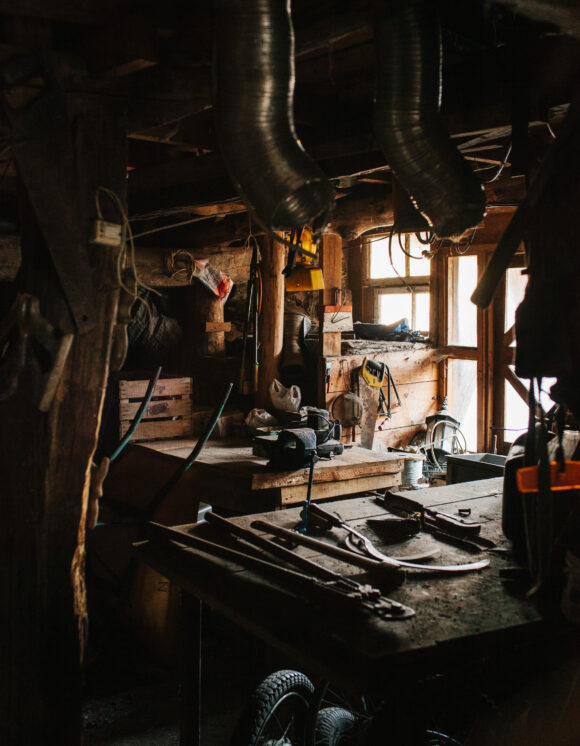
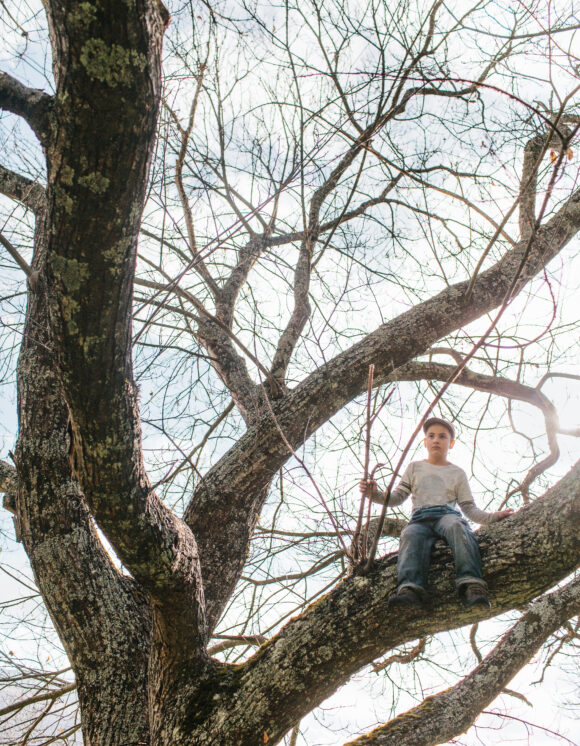
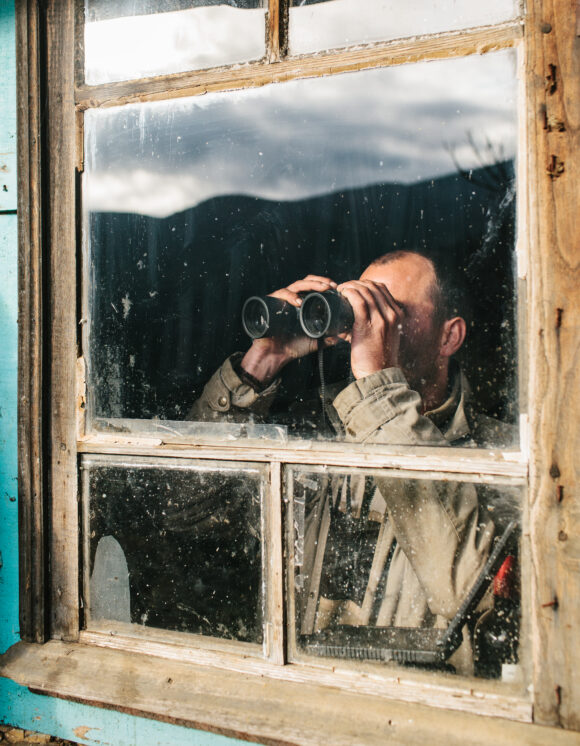
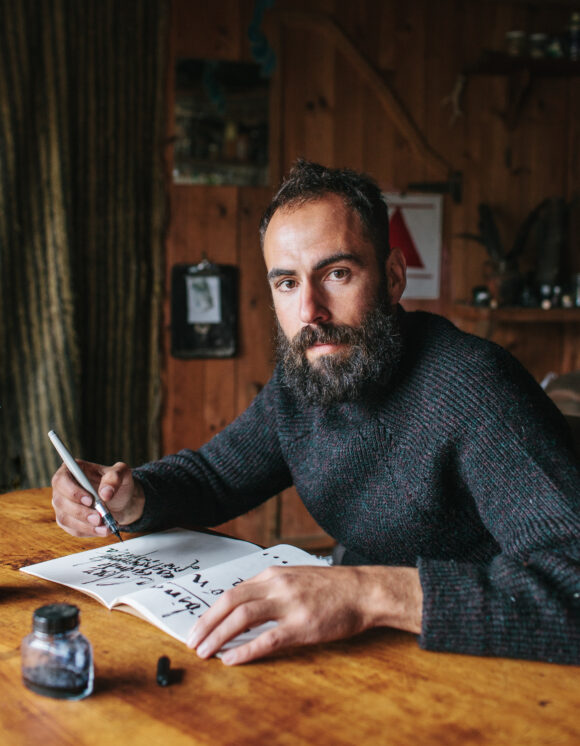
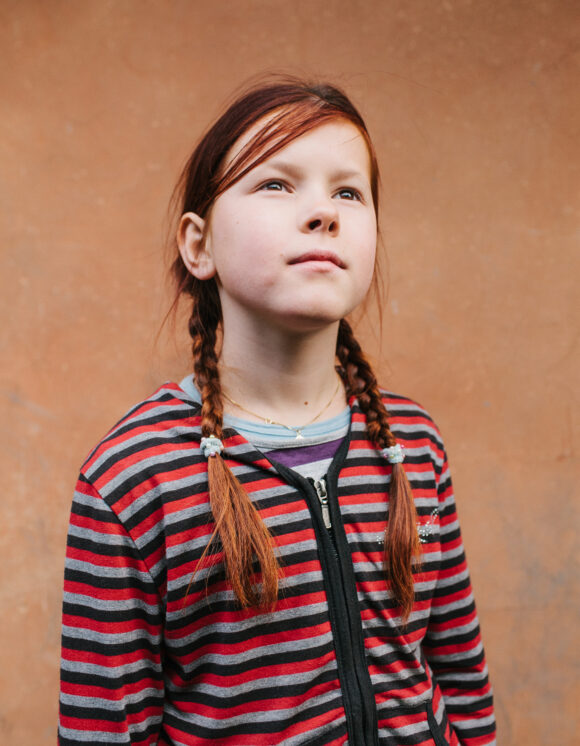
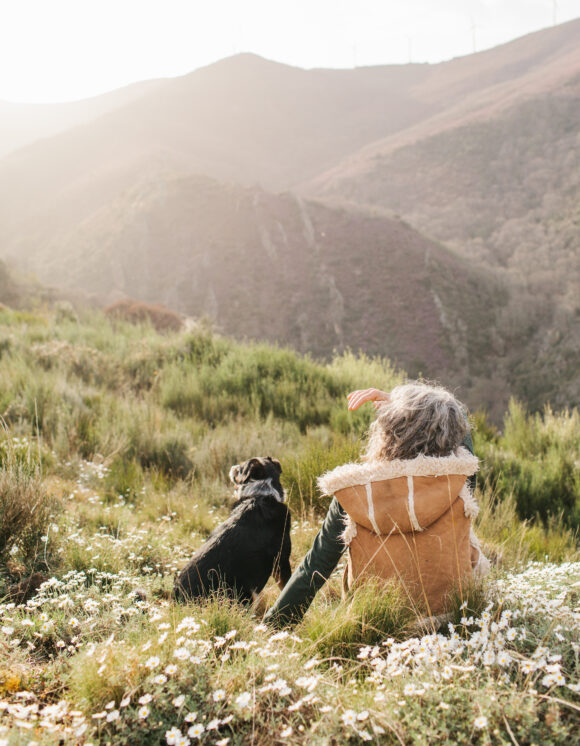
© Kevin Faingnaert
Video : Nina Peyrachon
